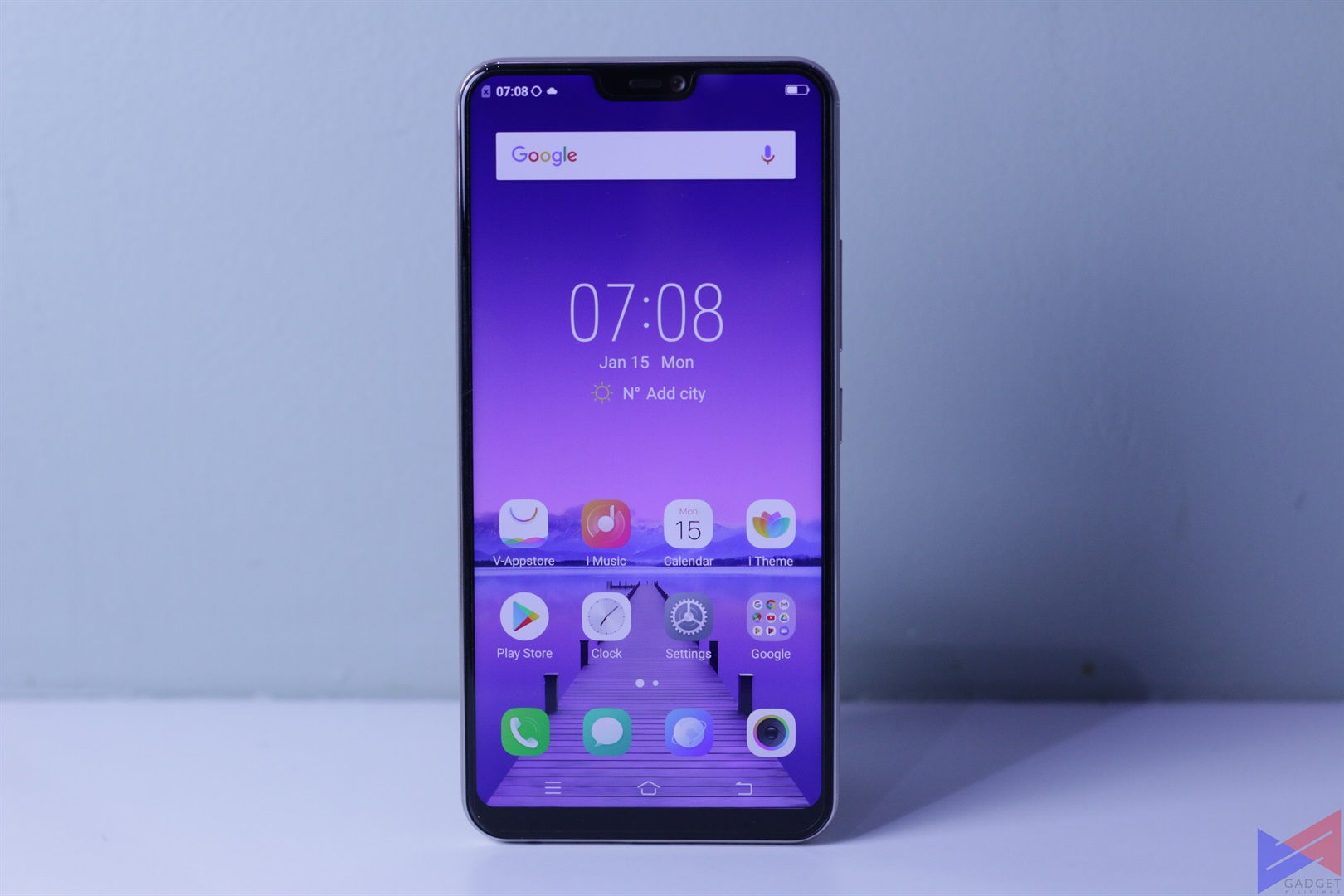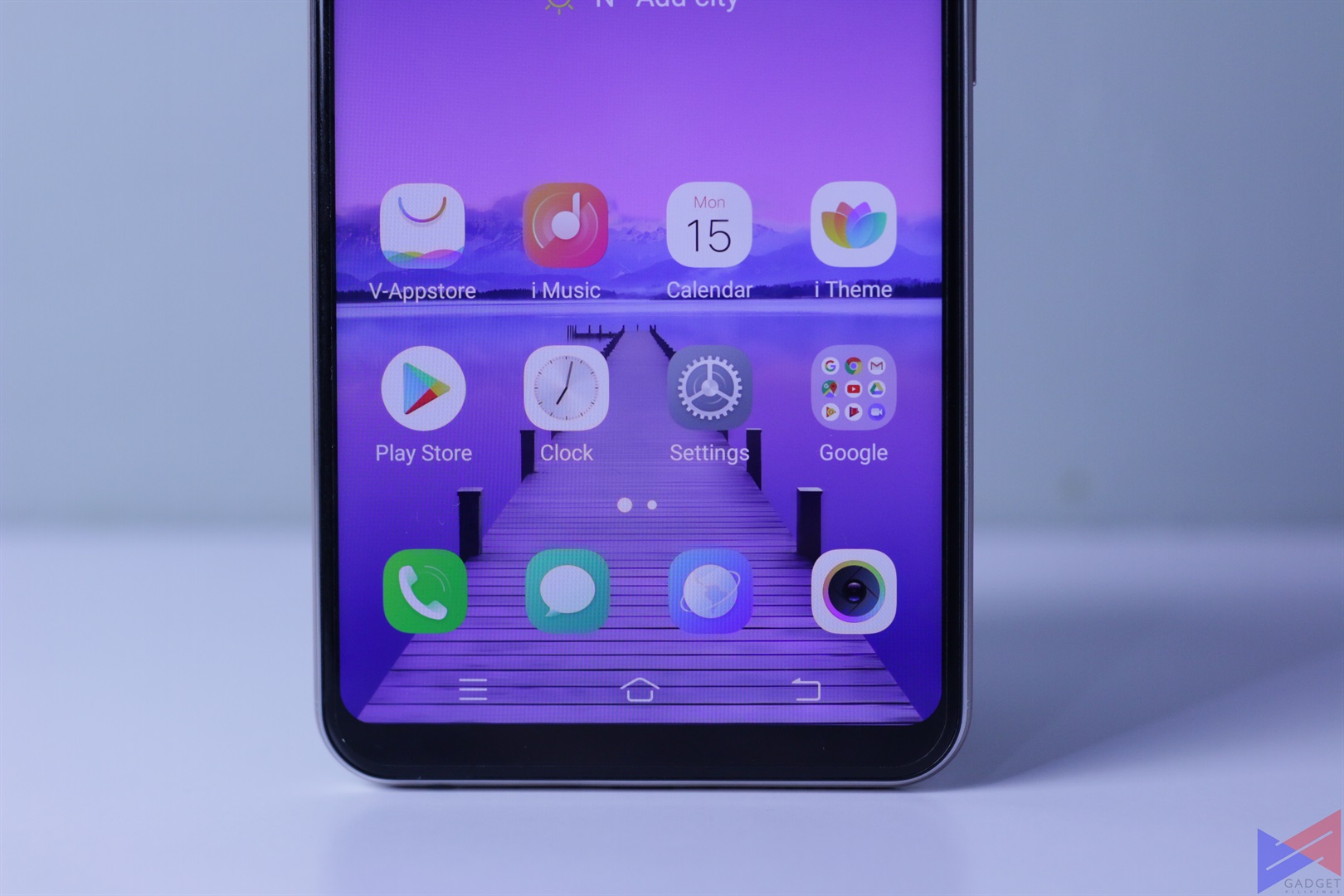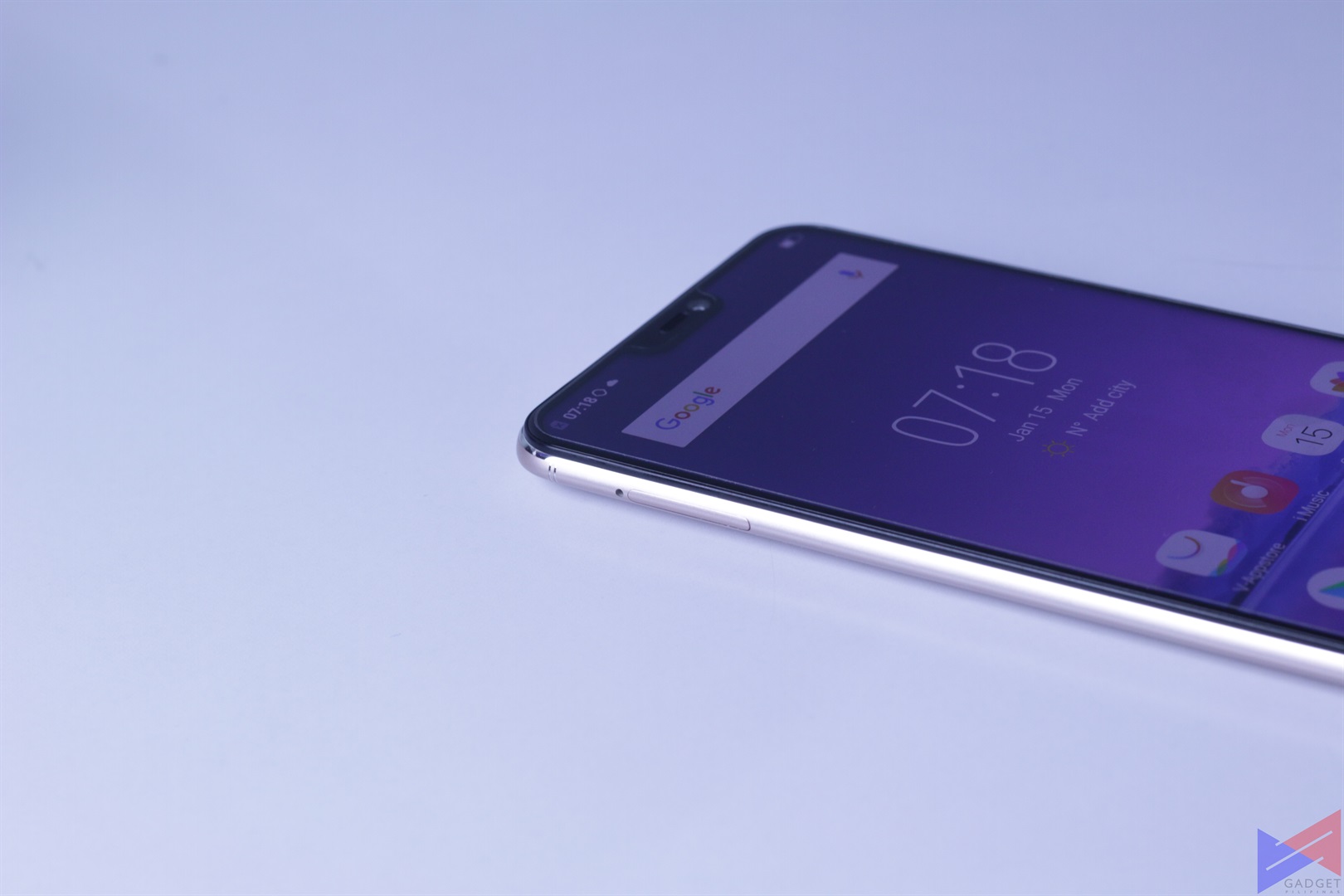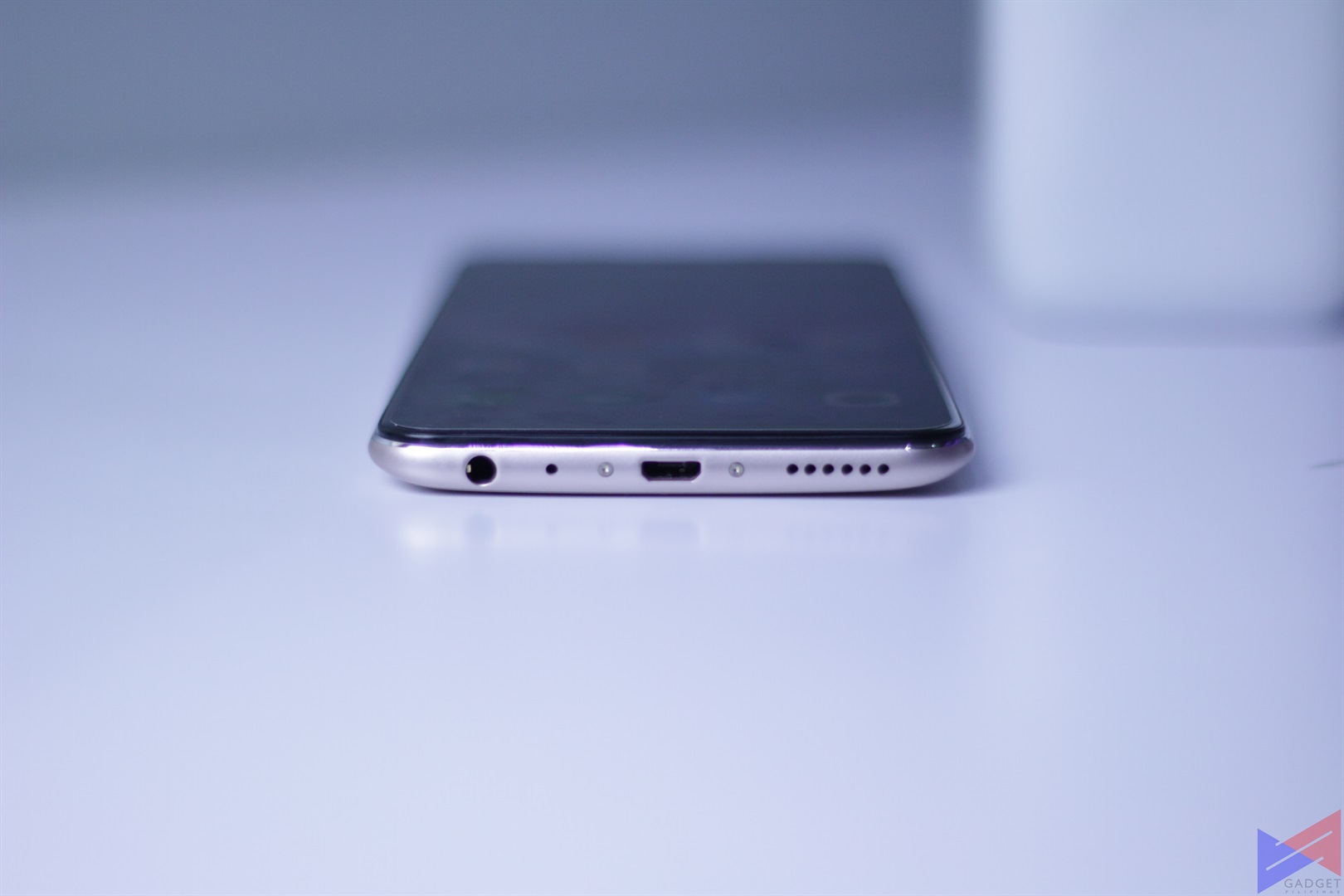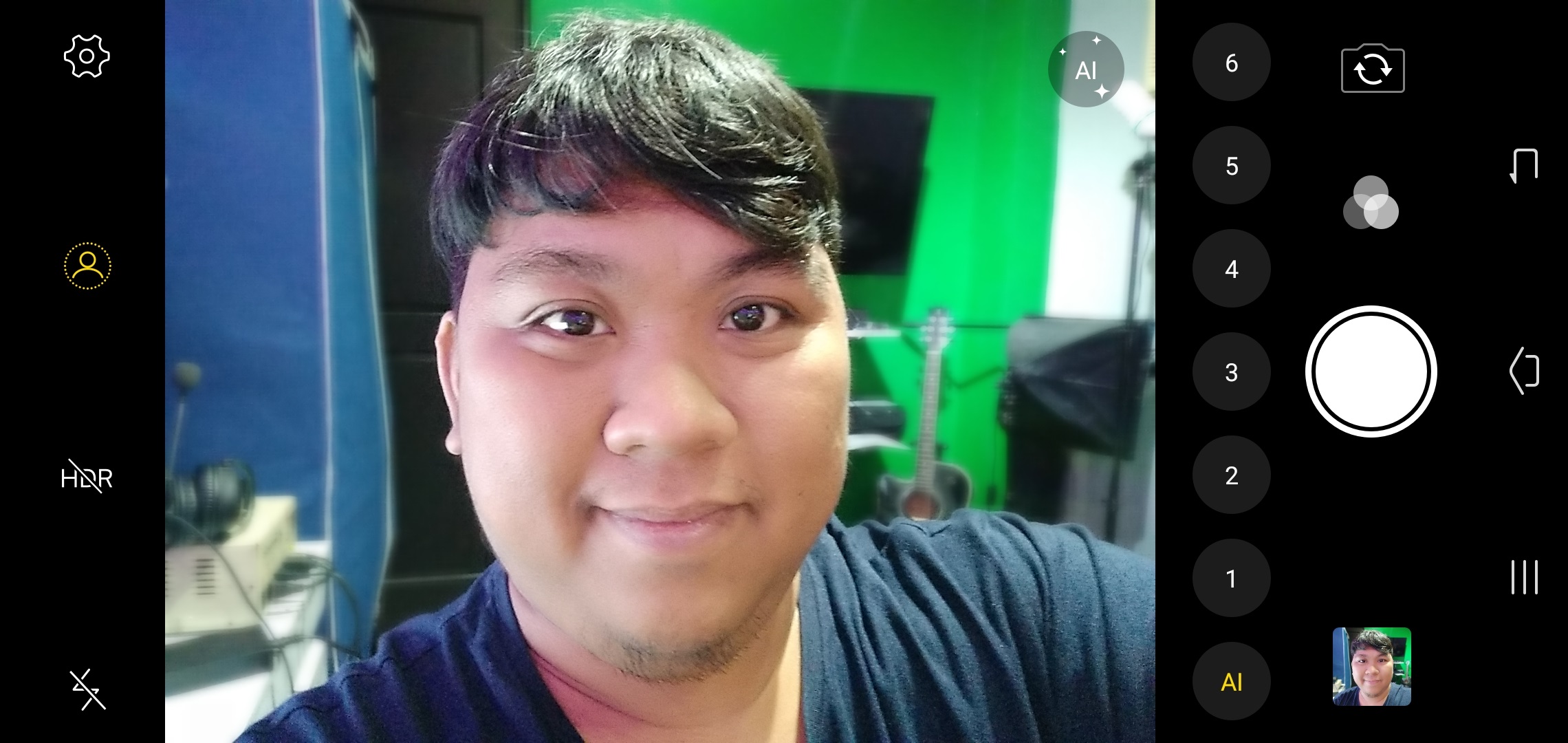The new Vivo V9 marks the company’s next step of pushing the mid-range segment, and it’s easy to see why, as this device holds many notable improvements over its predecessors that make it worth a glance – a 19:9 display, a powerful octa-core processor, dual rear cameras, and a 24MP selfie shooter with AI-assisted beautification.
Vivo V9 Specs
- 2.21 GHz Qualcomm Snapdragon 626 octa-core processor
- 4GB of RAM, 64GB of storage expandable via microSD card
- 6.3-inch FHD+ 19:9 Fullview display
- 16MP + 5MP rear cameras
- 24MP front camera
- Fingerprint sensor
- 4G/LTE
- Funtouch OS 4.0 on top of Android 8.1 Oreo
- 3,250mAh battery
Design and Build Quality
The front of the device certainly looks more eye-candy compared to its predecessor, thanks to a 6.3-inch 19:9 display with FHD+ resolution that shows good vibrancy.
While some people may not like the notch, the camera and sensors have to placed somewhere.
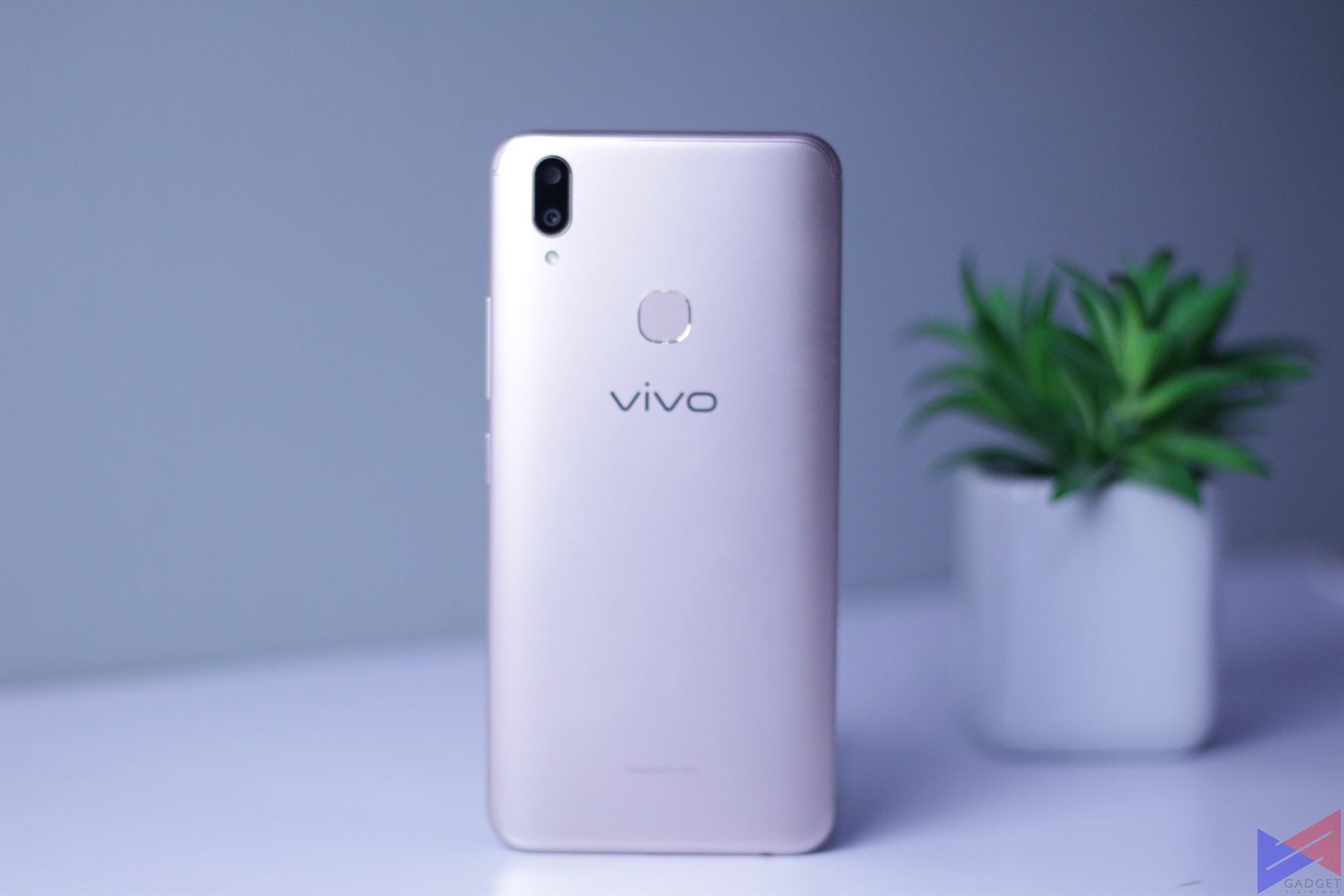 The back is made of plastic, which kind of takes away a bit of the premium vibe, the dual camera module also protrudes, leaving the lens cover sort of exposed.
The back is made of plastic, which kind of takes away a bit of the premium vibe, the dual camera module also protrudes, leaving the lens cover sort of exposed.
The right side has the power and volume rocker buttons, which, while a bit too thin for my liking, are responsive and blend well with the overall design, while the left side houses the triple slot tray. At the bottom is a standard microUSB port along with the headphone jack and a single speaker at the bottom.
General Performance
The V9 performs very well as far as daily tasks are concerned. It does however, have some problems with the Facebook app, as there’s heavy stuttering when scrolling through the news feed. Hopefully, this can get resolved with a software update.
While the Snapdragon 626 is no slouch, it sort of feels underwhelming, since there’s already the 630 and 636. I mean if you’re going to take a leap, and you actually can, why just hop?
Camera
The Vivo V9 sports a combination of a 16MP main camera + 5MP secondary shooter for achieving a depth of field effect. Even with ample lighting, I found the main camera to be underwhelming in terms of detail and clarity.
As for the depth of field effect, it’s decent, but needs some work on accuracy. As you’ll notice in the sample shot, several parts of the action figure that should not be blurred are blurred.
The 24MP front camera is a different story. Selfies came out with good details, and color accuracy is spot on. The background does tend to show a bit of noise, but the focused area remains clean. The depth of field effect is much more accurate, without any signs of pixelation.
Face Beauty mode now has an AI option, which probably means that the camera will sort of analyze your face and apply effects wherever it thinks is necessary. I personally don’t fancy the result, but it’s a good to have.
Software
The Vivo V9 runs on Funtouch OS 4.0 on top of Android 8.1 Oreo, which runs very smooth, and brings a slightly new and refreshing look. It also retains the features I have always loved, such as raise to wake and double tap to sleep wake.
There’s also Vivo’s music app, which I’m really a fan of due to its simplicity and straightforwardness, and of course, Face ID access. I do have a bit of a qualm though, it’s accurate and fast, but it’s just a bit too sensitive at times.
Due to the unusual aspect ratio of the display, I did notice that some apps remain in 16:9, not being able to take advantage of the more cinematic display.
Initial Verdict
In most ways, the Vivo V9 is a huge step up to its predecessors. The higher resolution display perfectly compliments the phone’s design and software, and the larger real estate means you’ll have more room for your content.
While the rear camera performance feels a bit underwhelming, I did have fun taking selfies. The depth of field effect is spot on, and shots look vibrant and detailed. I’ll be taking more photo samples in different conditions, to further test the device’s optics.
Funtouch OS is, as always, a refreshing take on Android that combines a good balance of simplicity, uniqueness, and features that are really useful. Face ID Access can be too sensitive at times, though. There’s also a stuttering issue with the Facebook app, which is probably one of the most frequently used ones out there.
As usual, I’ll be conducting more tests – including performance and gaming benchmarks to see just how flexible the SD626’s muscles are. Of course, there’ll also be a standard battery test, to see how the V9 fares in terms of longevity.
The Vivo V9 will be available in stores starting April 13, 2018, for an SRP of PhP17,990.
Emman has been writing technical and feature articles since 2010. Prior to this, he became one of the instructors at Asia Pacific College in 2008, and eventually landed a job as Business Analyst and Technical Writer at Integrated Open Source Solutions for almost 3 years.

